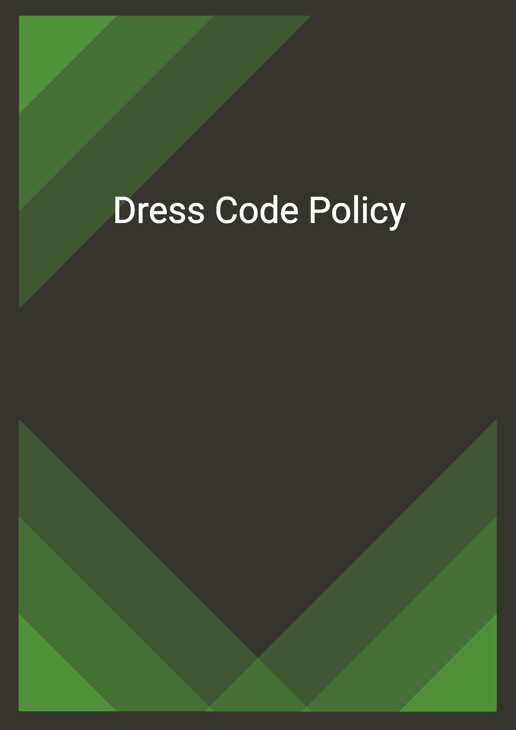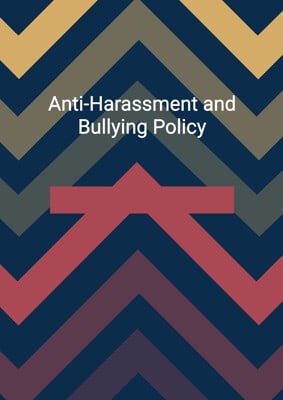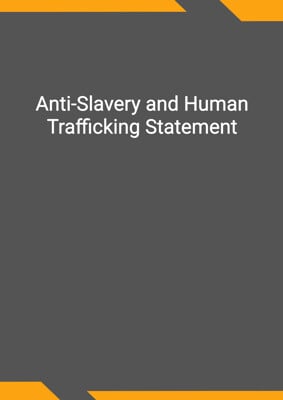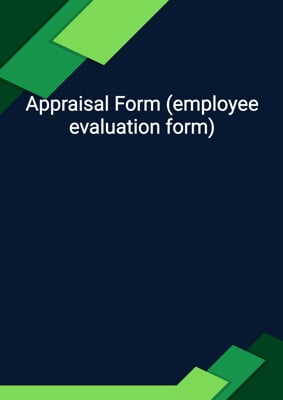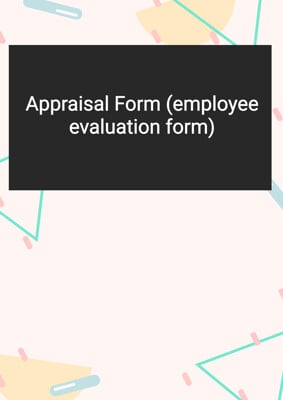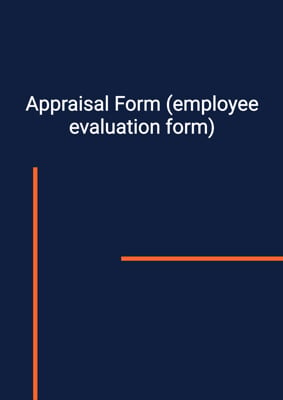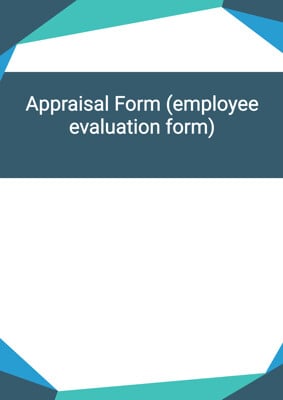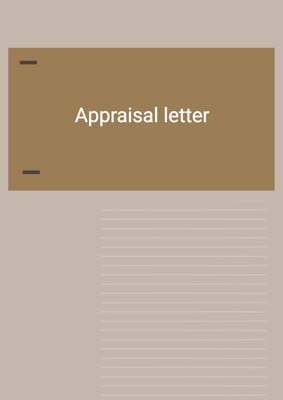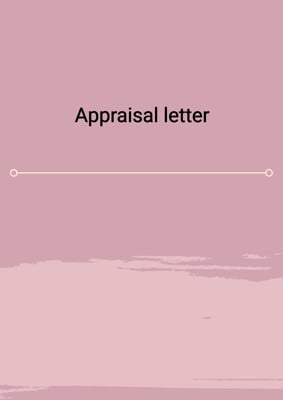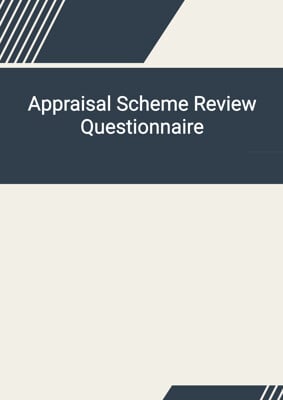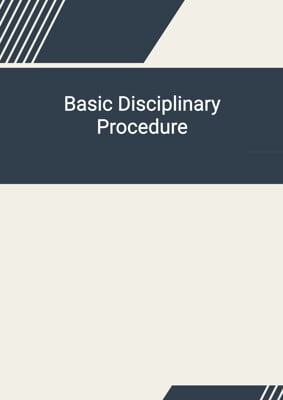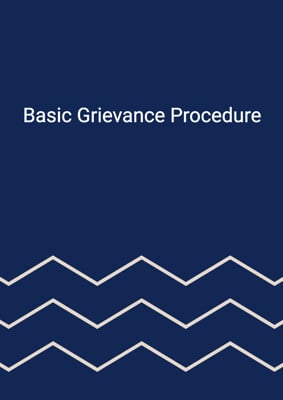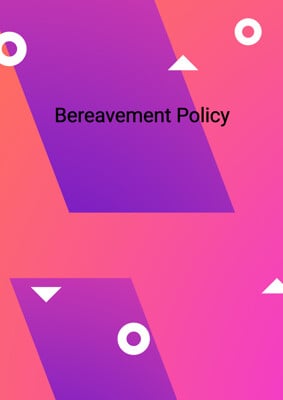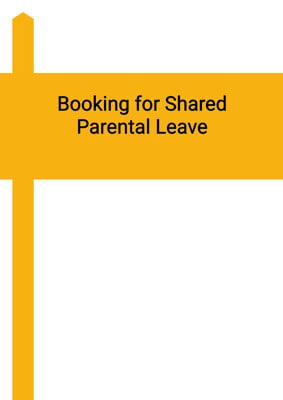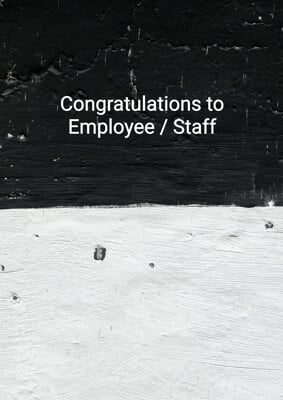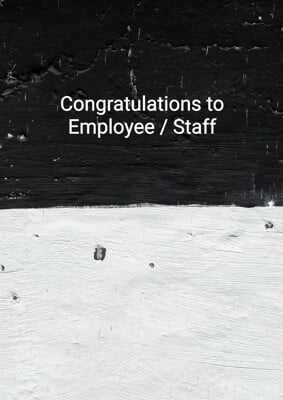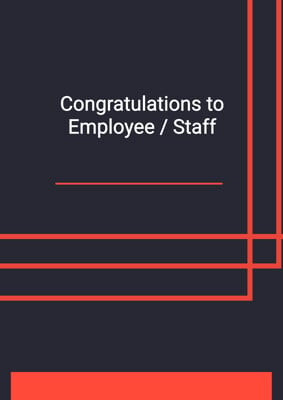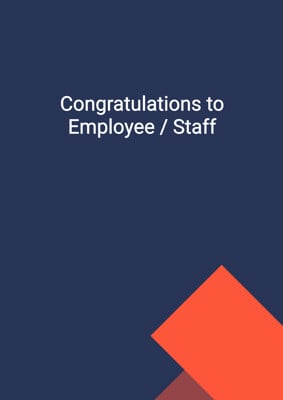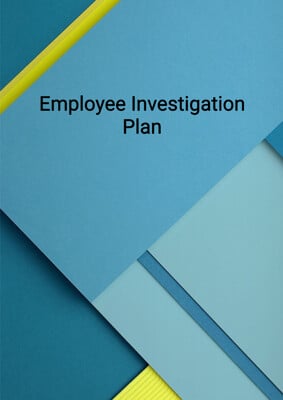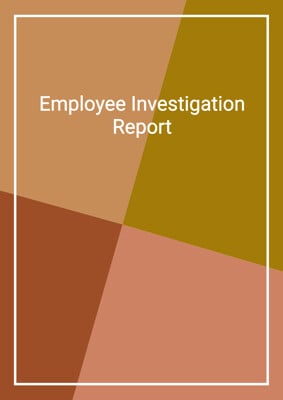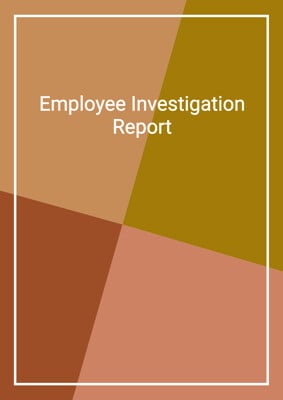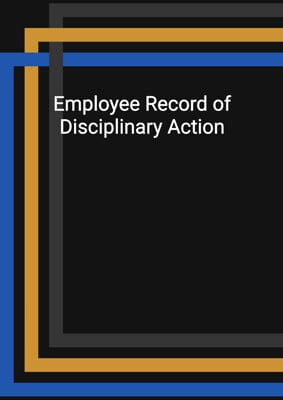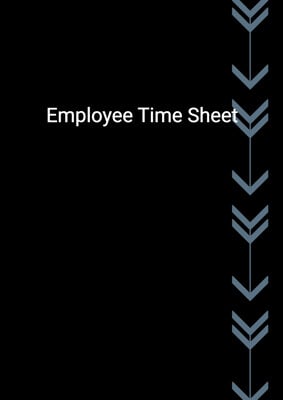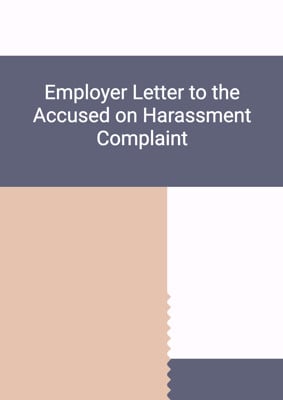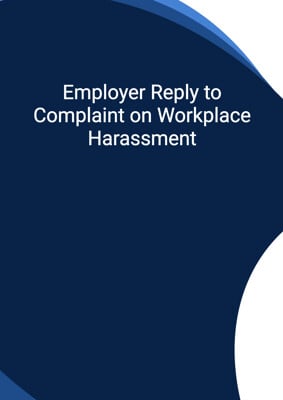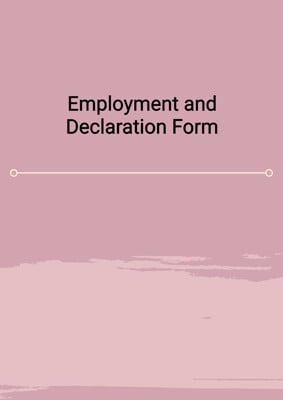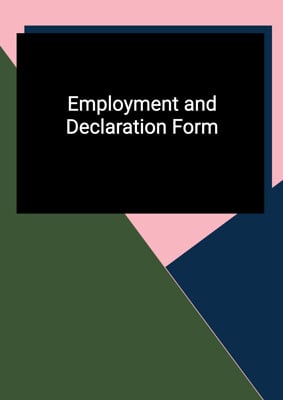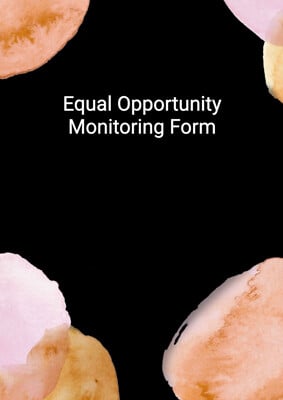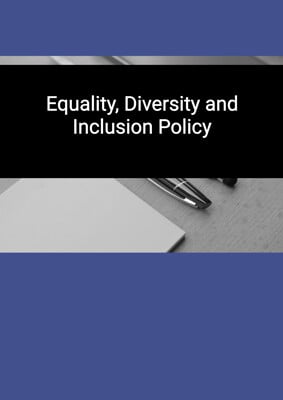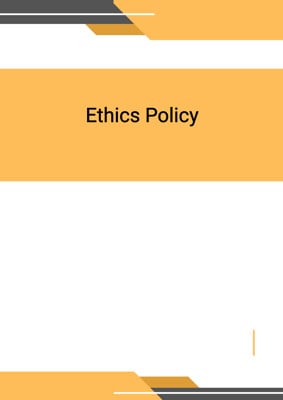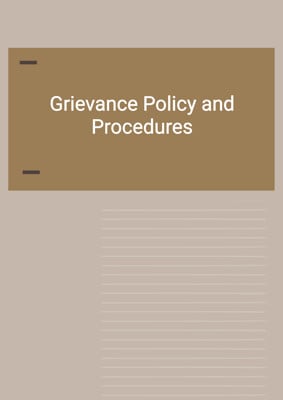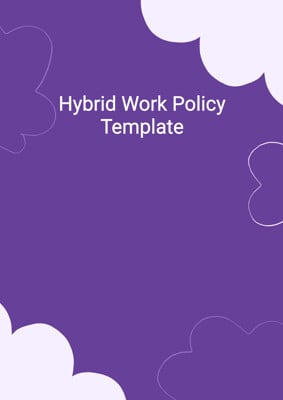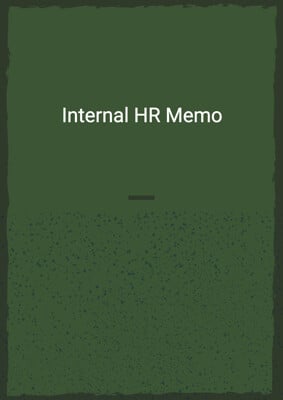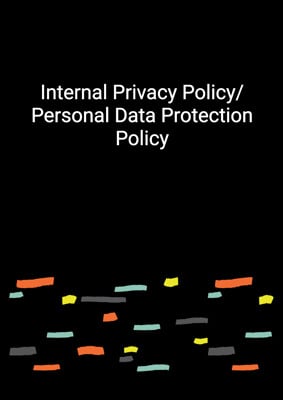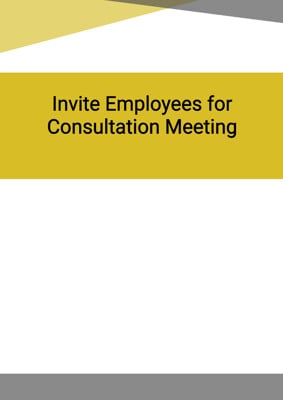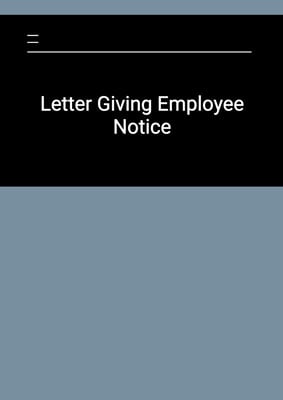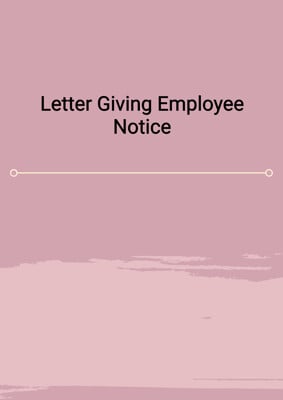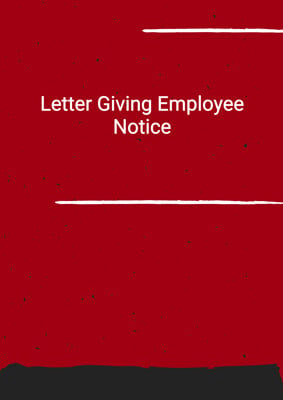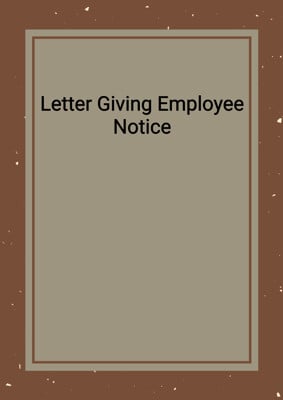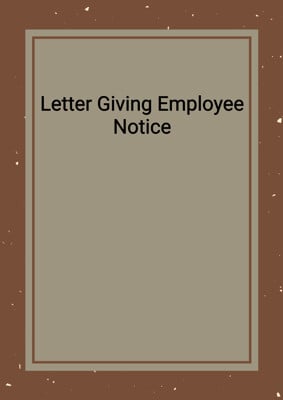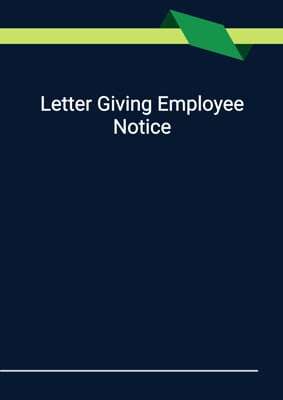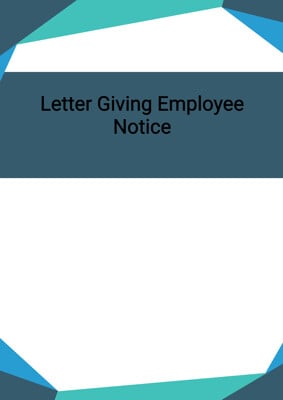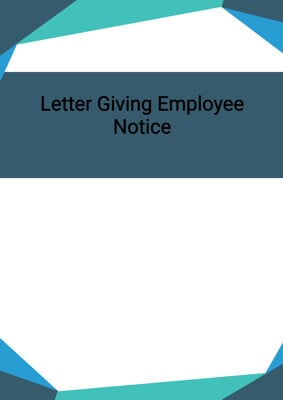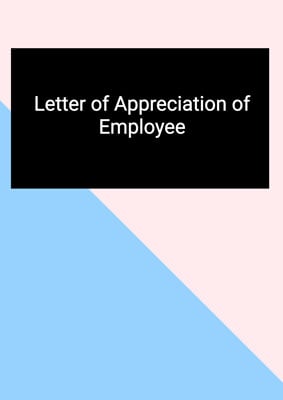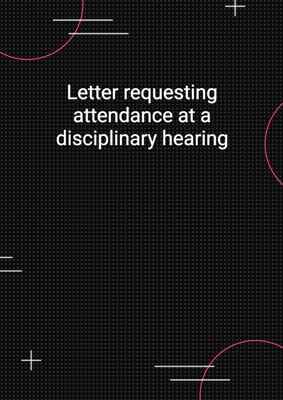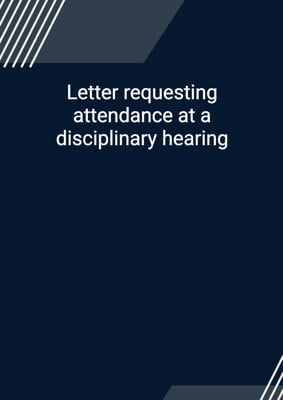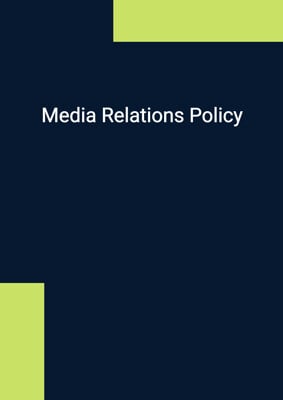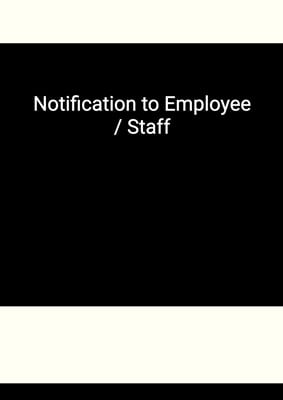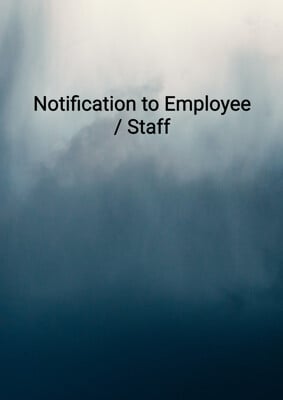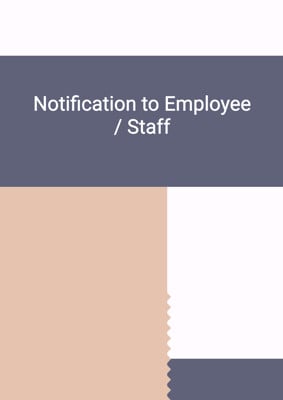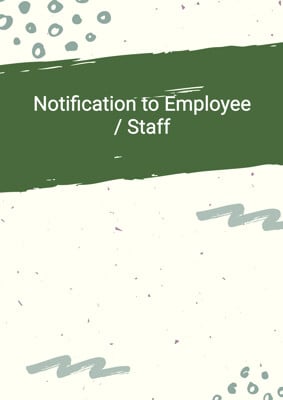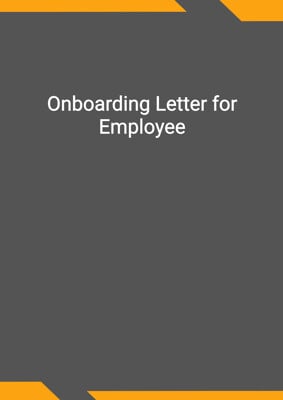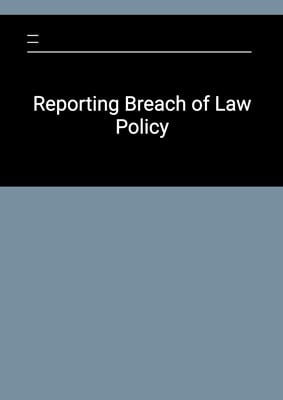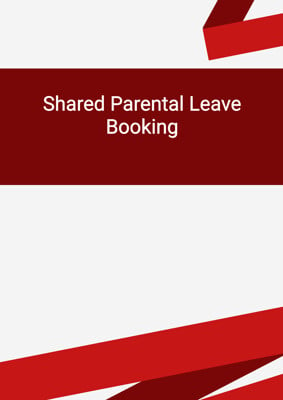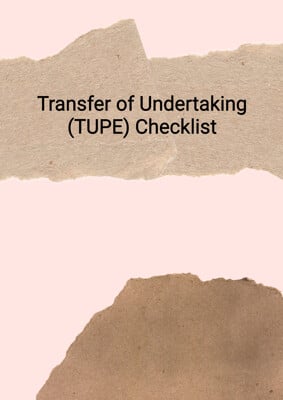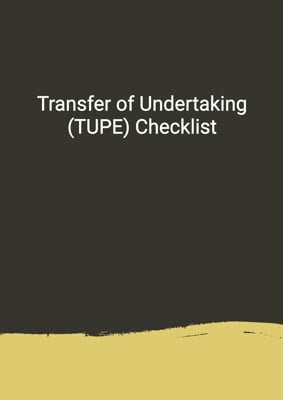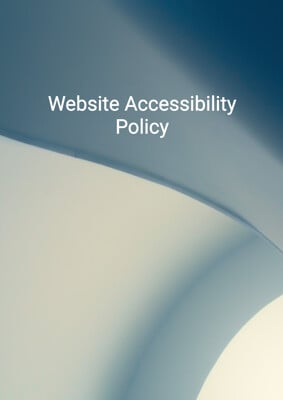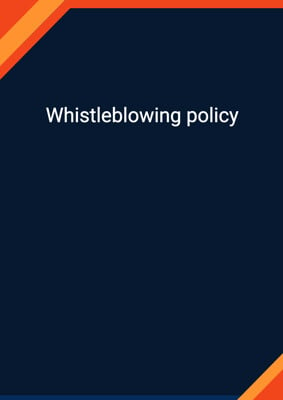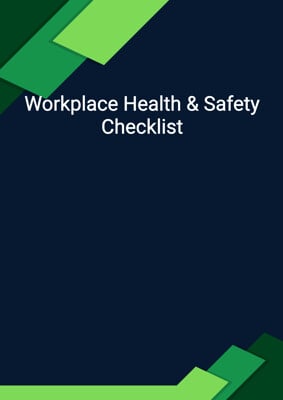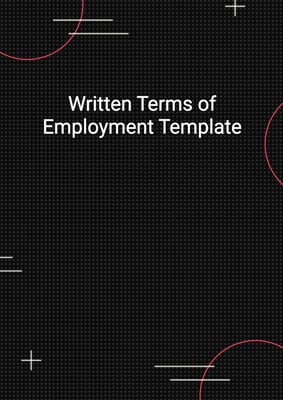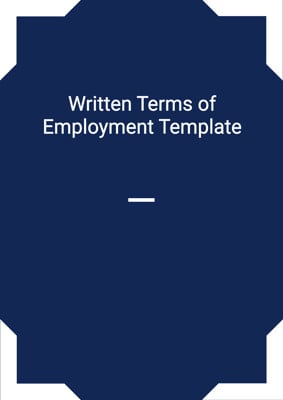How to Tailor the Document for Your Need?
01
Create Document
Click "Create Document" button and the document will be prepared with your account details automatically filled in.
02
Fill Information
Please fill in any additional information by following the step-by-step guide on the left hand side of the preview document and click the "Next" button.
03
Get Document
When you are done, click the "Get Document" button and you can download the document in Word or PDF format.
04
Review Document
Please review the document carefully and make any final modifications to ensure that the details are correct before publication / distribution.
Document Preview
Document Description
The Dress Code Policy is a document that establishes guidelines for appropriate professional attire for employees of Account Job Company during normal business operations. The policy aims to contribute to the professional image of the company and emphasizes the importance of employees adhering to the policy at all times. The policy is applicable to all employees of the company.
The policy begins with a general purpose statement, highlighting the significance of a dress code in demonstrating the company's culture and contributing to its professional image. It emphasizes that employees are representatives of the company and must adhere to the policy. The policy also acknowledges that it is not exhaustive and encourages employees to use common sense in adhering to the principles.
The policy consists of several sections, each providing detailed information on different aspects of the dress code. Section 3.1 focuses on the dress code attire, stating that employees are expected to present a clean and professional appearance both inside and outside the office. It specifies that the official dress code is dress code and outlines expectations for employees to appear neat, well-groomed, maintain good personal hygiene, limit distractions caused by inappropriate dress, keep jewelry to a minimum, and cover tattoos and body piercings during working hours. It also emphasizes the importance of demonstrating good judgment and professional taste when deciding attire for the workplace.
Section 3.2 addresses casual Fridays, allowing employees to dress in casual attire on Fridays. It provides guidelines for acceptable casual wear, including jeans, t-shirts, shorts, capri-pants, and athletic shoes. However, it notes that these provisions usually apply only to employees who have no client or customer contact.
Section 3.3 highlights inappropriate attire, providing a general overview of what is considered unacceptable. It includes examples such as casual wear when attending a business appointment, leggings, shorts, tank/tube tops, gym clothes, beachwear, revealing or provocative clothing, offensive or inappropriate logos/images, clothing with rips or tears, and flip-flops or loose footwear.
Section 3.4 acknowledges the company's commitment to accommodating employees' religious beliefs regarding workplace attire. It encourages employees to contact the human resources department to discuss accommodation based on religious beliefs.
Section 4 addresses policy violations and the consequences of non-compliance. It emphasizes that compliance with the policy is mandatory for all employees and that breaches will be taken seriously by the human resources department. It grants department managers the authority to determine appropriateness in employee dress and appearance and states that employees may be required to change if their appearance is considered unacceptable. It also outlines the disciplinary actions that may be taken for policy violations, including dismissal without notice and payment in lieu of notice for repeated or severe violations, at the discretion of senior management.
Section 5 provides contact information for employees to seek further guidance or ask questions about the policy. It encourages employees to contact their human resources representative.
Section 6 states that the policy was last updated on the current date and reserves the company's right to revise or modify any or all clauses of the policy based on business demands. It designates the corporate human resources department as the sole authority to interpret the content of the policy.
How to use this document?
1. Read and understand the policy: All employees are required to carefully read and understand the Dress Code Policy upon their employment.
2. Adhere to the dress code attire: Dress in appropriate attire and behave in a professional manner both inside and outside the office. Ensure neatness, good personal hygiene, and minimal distractions caused by inappropriate dress. Keep jewelry to a minimum and cover tattoos and body piercings during working hours.
3. Follow guidelines for casual Fridays: If applicable, dress in acceptable casual wear on Fridays. This may include jeans, t-shirts, shorts, capri-pants, and athletic shoes. However, consider whether you have client or customer contact before dressing casually.
4. Avoid inappropriate attire: Familiarize yourself with the list of inappropriate attire provided in the policy. Avoid casual wear when attending business appointments, revealing or provocative clothing, offensive logos/images, ripped or torn clothing, and flip-flops or loose footwear.
5. Seek accommodation based on religious beliefs: If you require accommodation for workplace attire based on religious beliefs, contact the human resources department to discuss your needs.
6. Comply with the policy: Remember that compliance with the Dress Code Policy is mandatory for all employees. Take breaches of the policy seriously, as they may result in disciplinary action. Department managers have the authority to determine appropriateness in dress and appearance.
7. Seek guidance if needed: If you have any questions or need further guidance, contact your human resources representative at the provided email address.
8. Stay updated: Be aware that the policy may be revised or modified based on business demands. Check for updates and revisions periodically to ensure compliance.
Not the right document?
Don’t worry, we have thousands of documents for you to choose from:
